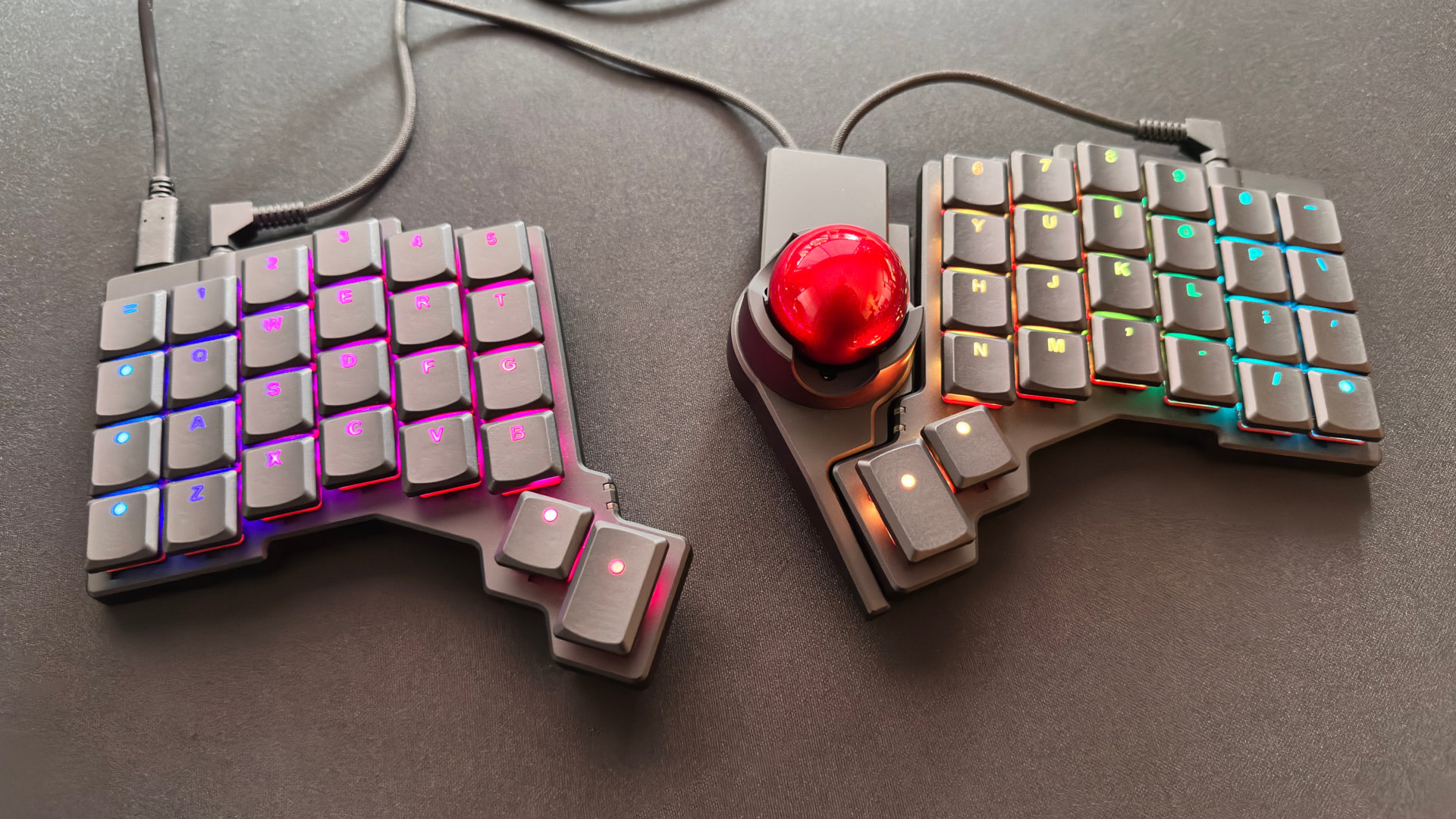Graphics card prices are totally ridiculous and it's creating a barrier to entry that makes me fear for the future of PC gaming
The haves, the have nots, and you.
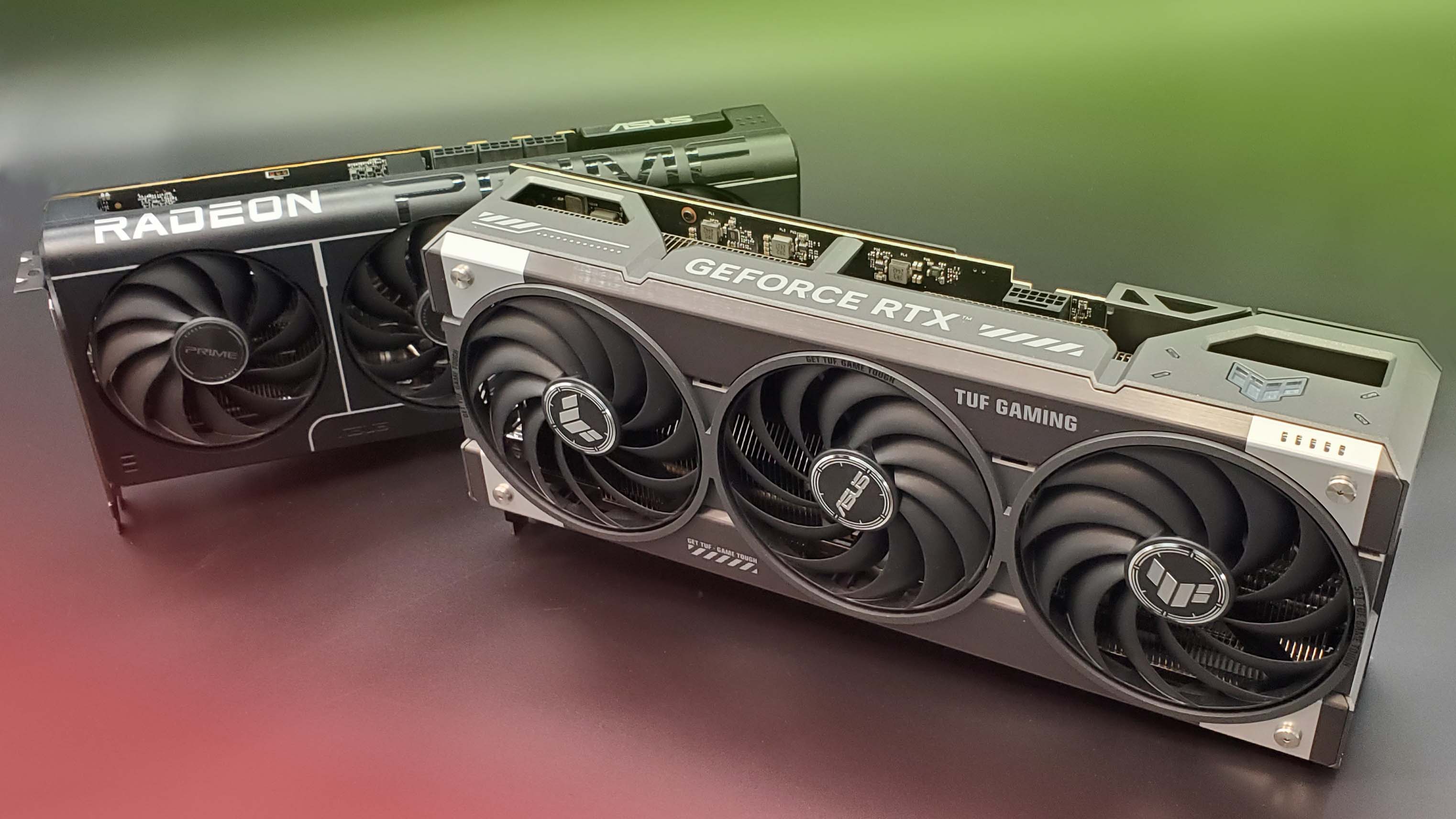
In some ways, it's never been a better time to be a PC gamer. Beyond the glut of games in almost every genre you can think of, it's never been easier to put together (or buy) a brilliant gaming PC for less—with one notable caveat. While a great CPU, motherboard, RAM loadout and SSD combo can be had for less than $500, modern graphics card pricing means you'll potentially be paying the same again (or much, much more) for a GPU capable of running demanding games at high frame rates and a respectable resolution.
One single component creates a bottleneck, a barrier to entry for those of us not on the megabucks—and it's the sort of thing that makes me wonder about the future of our entire hobby.
As my bio will tell you, I built my first gaming PC when I was 12 years old. Before that, I made do with the family beige box, tucked neatly under the stairs in our modest three bedroom home. I didn't grow up with much money, but my family was lucky enough to be able to scrape together the pennies for a second-hand utilitarian machine.
This PC was good enough for the odd DOS game, but throw it into the world of 3D and it was woefully underequipped. So, for the holidays one year, little 12-year old Andy pulled together the combined resources of his entire extended family with one simple goal in mind. I asked for a modest amount of cash to put together a gaming PC, and it's no overstatement to say it pretty much changed my life.
The years have been unkind to my ailing brain, so I can't quite remember the full specs of my eventual rig. However, I do recall that the graphics card was an Nvidia unit, likely a Riva TNT2, then available for around $200. It was probably the most expensive part of the PC, but at the time it was one of the best graphics cards you could buy, so I budgeted for it accordingly. That little card lasted me for years, and back in 1999 it paid to invest a little extra on a very good GPU and ride the hardware for all it was worth.
GPU prices now, compared to the past

Accounting for inflation, $200 in today's money is equivalent to roughly $390. Should you wish to buy the best graphics card today in terms of performance, you'll be looking at the RTX 5090, costing the best part of $2,500 at current prices.
But, before you go rushing to the comments section, I am aware that the top-spec Nvidia card is something of an outlier—so let's compare the Riva TNT2's inflation-adjusted price to the company's current offerings further down the stack. The RTX 5080, for instance. It's technically a card with a $999 MSRP, but the cheapest one I can find on our graphics card deals page at the moment is a mahoosive $1,300.
Keep up to date with the most important stories and the best deals, as picked by the PC Gamer team.
Let's go lower, then. How about the excellent RTX 5070 Ti, our current best mid-range graphics card pick? Well, it's got a $749 MSRP, and the cheapest one I can find is $780. The vaguely disappointing RTX 5070? $550. In fact, the closest you'll get to that $390 figure in today's graphics card market is the 8 GB variant of the RTX 5060 Ti, and while it's a decent little card, it's so far away from the top of the stack it needs binoculars to make out the RTX 5090's cooling fins.
And it's not just Nvidia cards that have fallen victim to silly prices, either. AMD has decided to skip over the high-end GPU market this generation, but its excellent RX 9070 and RX 9070 XT cards are still on the market for serious amounts of cash. The former will set you back around $600, while the XT is more like $740. These are mid-range GPUs. Which makes me wonder—how is anyone on a tight budget these days expected to build a powerful, somewhat future-resistant gaming rig like I did back in the mists of time?
How did graphics cards become so expensive?
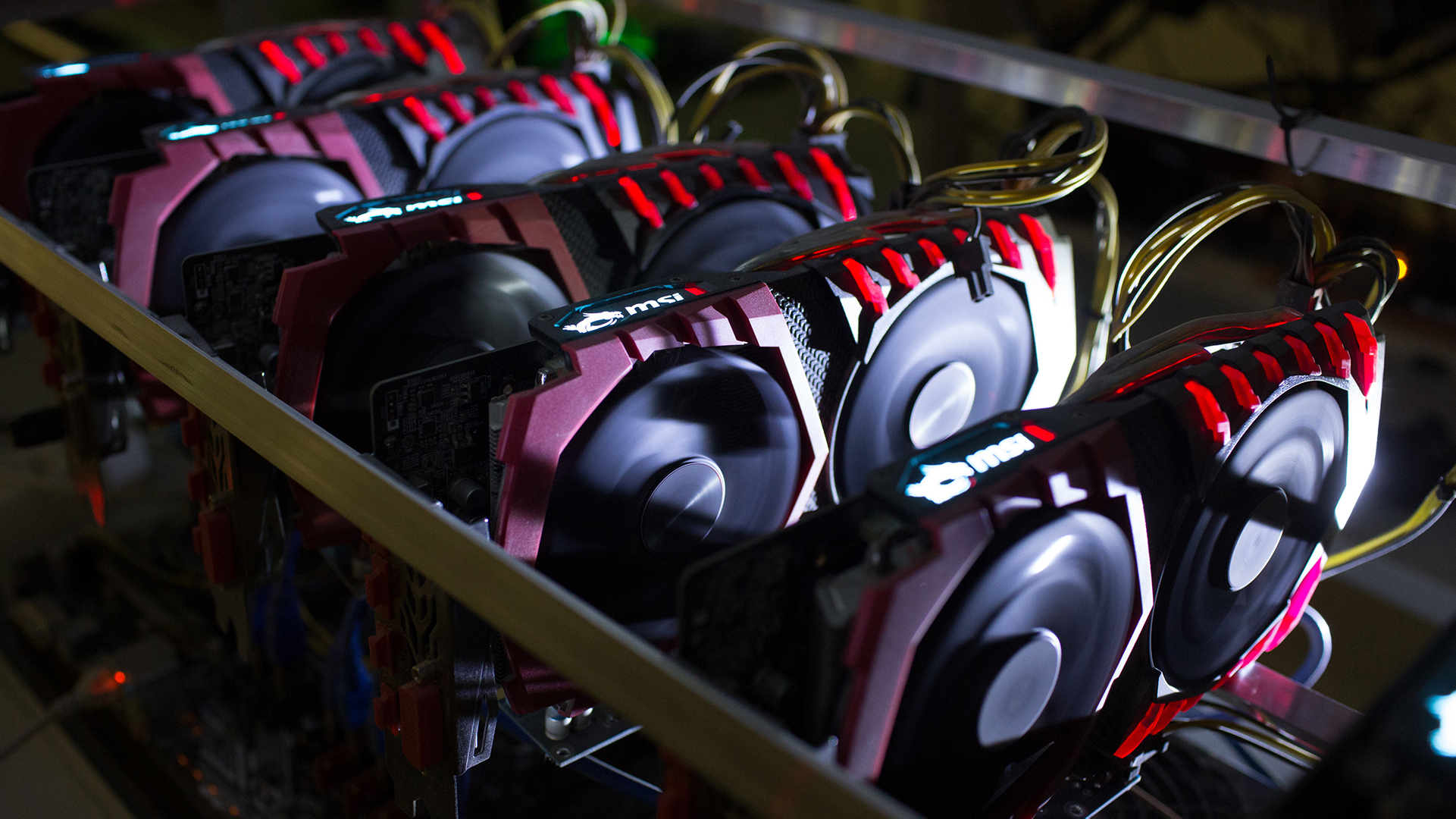
Powerful is the operative term here, of course. Each of these cards is many, many orders of magnitude faster than an Nvidia GPU from 1999, and manufacturing hardware of this level isn't cheap. But that's merely one small piece of a much larger picture, and we can trace the majority of the great jump in graphics card pricing back to the two Cs of the apocalypse: cryptocurrency and covid.
In the case of the former, the crypto mining boom was devastating for GPU stocks. Repeated surges in Bitcoin, and therefore Ethereum pricing (and the rise of other proof-of-work altcoins riding on their coat-tails) from 2017 onwards drove demand for cryptomining-capable graphics cards sky high. Anything capable of crunching out digital coins was being snapped up in vast numbers by crypto miners around the world, many of which found themselves in vast facilities dedicated to wringing out the great crypto craze for all it was worth.
This, combined with DRAM manufacturing shortages and supply chain issues, began to push GPU pricing into the stratosphere. The GTX 980 Ti launched in 2015, before the crypto boom had reached its stride, for a $649 MSRP. The GTX 1080 Ti was released in 2017, at the beginning of the boom, for $699. The RTX 2080 Ti launched just over a year and a half later, crypto boom in full swing, for $1,200.
...the situation is nothing short of catastrophic for graphics card pricing in general.
Three and a half years, $551 extra on the MSRP of Nvidia's equivalent high-end GPU. Economics is a complicated subject, and I'm far from an expert. But it's not difficult to see how high demand and limited supply drives up GPU pricing, and how us gamers bore the brunt of the increases.
And then, in 2020, the coronavirus hit. The world's financial system and supply chain buckled as we all took to our homes, weathering the storm of a virus that caused unprecedented levels of global uncertainty. The crypto market boomed once more, factories closed and shipping delays became commonplace, which, combined with an already existing silicon supply chain shortage and a massive new demand for home entertainment, compounded our pricing issues no end.
By the time the world righted itself to its more usual state, we were left with an unfortunate fact: high end GPUs can now cost $1,000+, and even budget GPUs cost $300-$400 rather than the $250+ pricing of previous generations. Add greedy retailer markups into the mix, record manufacturer profits, and some tariff tomfoolery, and the situation is nothing short of catastrophic for graphics card pricing in general.
More troubling still, it appears we, as gamers, are somewhat prepared to pay for it.
Where the GPU market currently stands
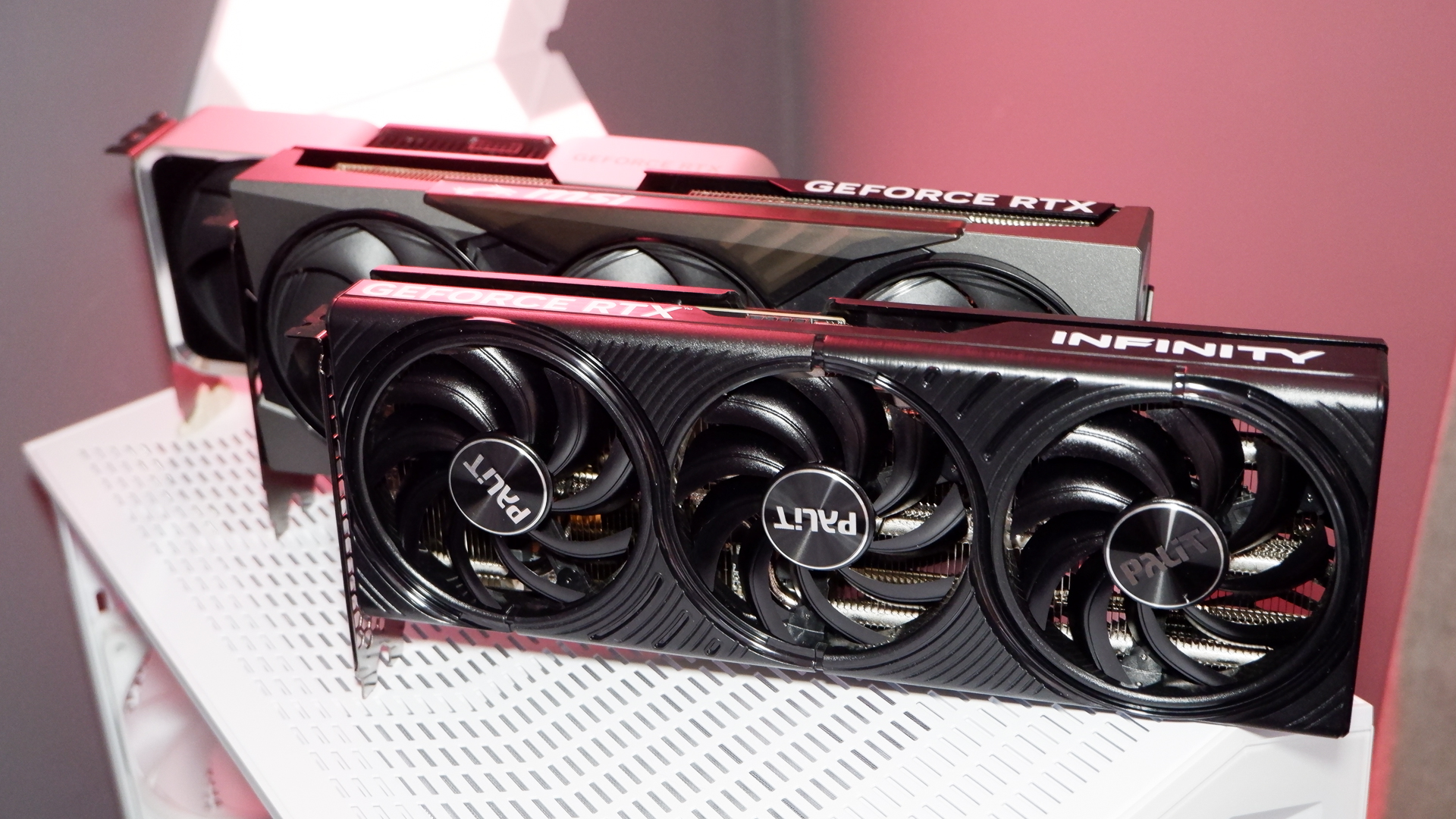
It's difficult to get exact figures as to exactly how many GPUs Nvidia or AMD sells each generation. What we do know, however, is that in 2025 we're still seeing prices reflective of that crypto-influenced and pandemic-tainted period. That suggests sales are reasonably healthy, and that Nvidia (and to a slightly lesser extent, AMD) sees no reason to drop prices back to pre-boom levels. If customers are prepared to pay the extra, then why not sell a graphics card for as much as you can get away with?
We like video games. We want to play the new ones with the settings turned up. We pay the price, if we can. So where does that leave PC gaming moving forward?
I would argue our beloved hobby is becoming more exclusive. Those without the ability to pay for a modern graphics card seem destined to be left behind, which means that, as time goes on, those of us capable of playing the latest, most demanding games become an ever smaller group. Certainly, we as a species are still in the grip of a global economic slow down, which means all of our day to day expenses gradually become harder and harder to afford over time.
Then, with modern GPUs demanding more and more power, that's putting further strain on your wallet because of how much it costs to run a high-end rig.
Thanks to graphics card pricing, I'd say modern gaming PCs are becoming even more of a luxury—and in an increasingly economically uncertain world, luxuries tend to be the first thing to fall towards the wayside.
What this means for PC gaming
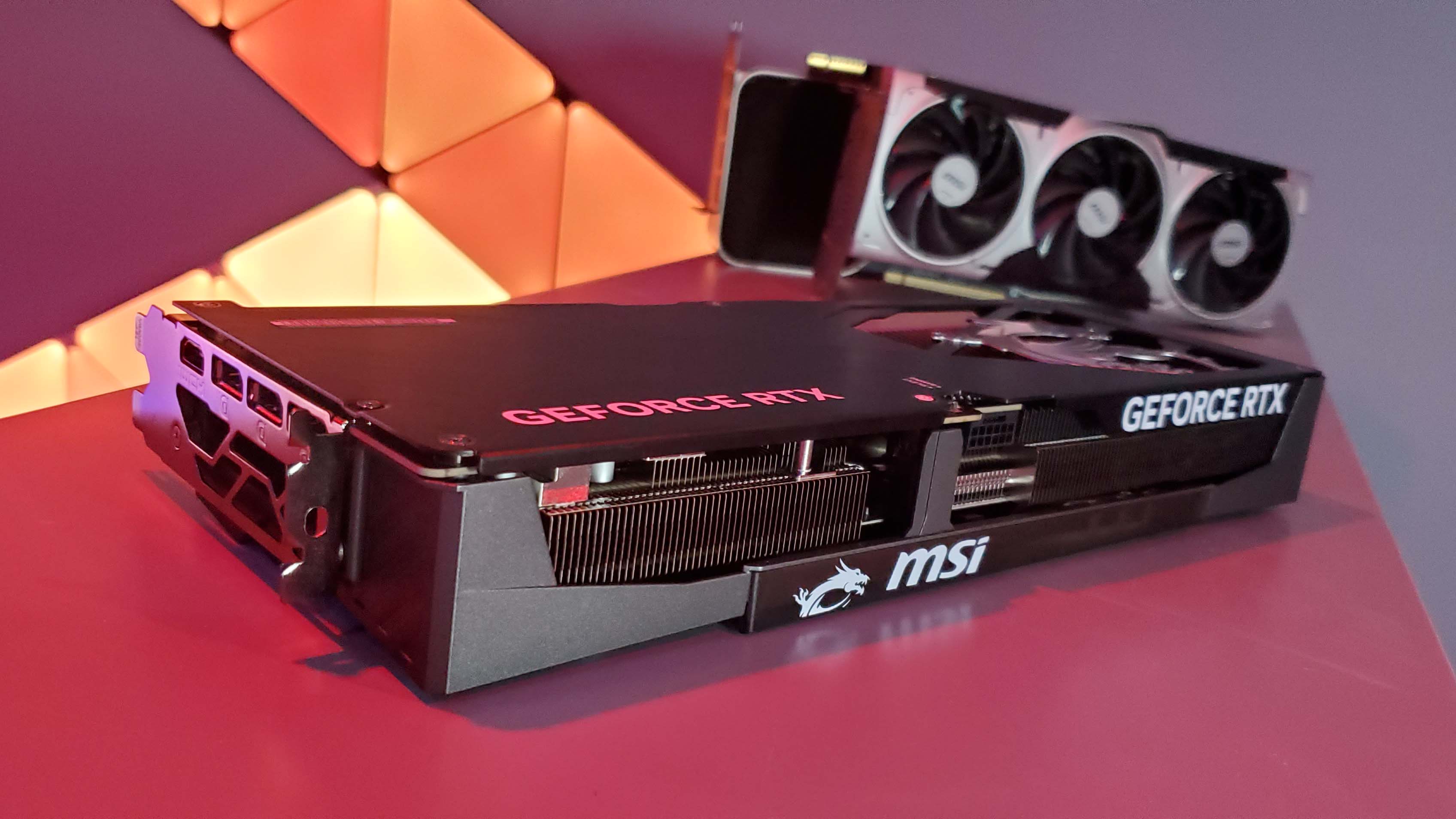
And what does that mean for game development, an industry already racked by ever-increasing layoffs at the triple AAA end of the spectrum? As the hardware to run demanding games becomes increasingly out of the average person's reach, so too does the pool of gamers ready to buy the latest technologically advanced games become ever smaller.
Of course, this is potentially good news for indie devs, and even big studio developers that pay careful attention to the potential hardware requirements when building their creations. I can't be the only one somewhat pleased to see that Battlefield 6 recommends a mere 5-year old RTX 3060 Ti for its recommended specs, which should probably go some way towards its aims of gaining 100 million players post launch.
I mean, I still think that player target is massively unrealistic, but reasonable hardware requirements will likely equal more customers, and aiming for those that have yet to upgrade their hardware over the past five years is probably a smart move.
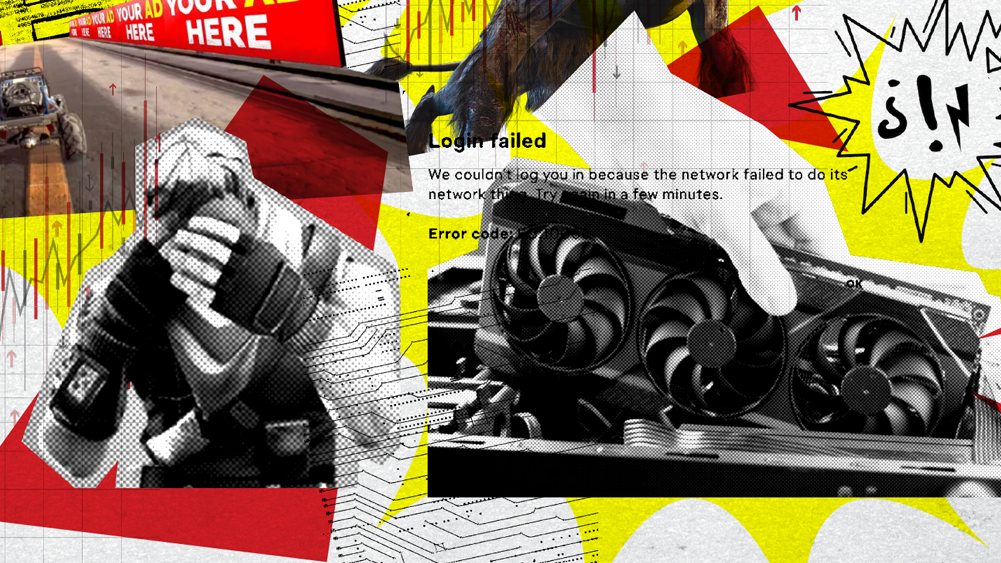
We're spending the week airing all our grievances with gaming and computing in 2025. Hit up the Gripes Week hub for more of what's grinding our gears.
Yet, for those of us that want to see game technology pushed to its limits, or indeed those of us that would like to bring non-PC gamers into the fold, these are troubling times. You can pick up a very powerful gaming CPU for $300, a high refresh rate 1440p gaming monitor for less than $160, and a speedy-as-you-like 1 TB NVMe drive for $70 or so. Chuck in a cheap motherboard, case, and PSU (not too cheap a PSU, mind) and you can get the majority of an excellent gaming rig up and running for around $600-$700.
But a good graphics card? It can potentially cost the same as most of those components combined, turning a budget gaming setup into a $1000+ expense for many.
That's a lot to pay for any hobby, and a hell of a thing to ask of someone more used to spending $500 on a gaming console. Combine that with the cost of the games themselves going up, and we seem to find ourselves in a tapering market. PC gaming has always been a somewhat pricey affair, but it's graphics card pricing that has really pushed things to previously unseen heights—and I can't help but feel it's bad news for our industry as a whole.

1. Best overall: AMD Radeon RX 9070
2. Best value: AMD Radeon RX 9060 XT 16 GB
3. Best budget: Intel Arc B570
4. Best mid-range: Nvidia GeForce RTX 5070 Ti
5. Best high-end: Nvidia GeForce RTX 5090

Andy built his first gaming PC at the tender age of 12, when IDE cables were a thing and high resolution wasn't—and he hasn't stopped since. Now working as a hardware writer for PC Gamer, Andy spends his time jumping around the world attending product launches and trade shows, all the while reviewing every bit of PC gaming hardware he can get his hands on. You name it, if it's interesting hardware he'll write words about it, with opinions and everything.
You must confirm your public display name before commenting
Please logout and then login again, you will then be prompted to enter your display name.

